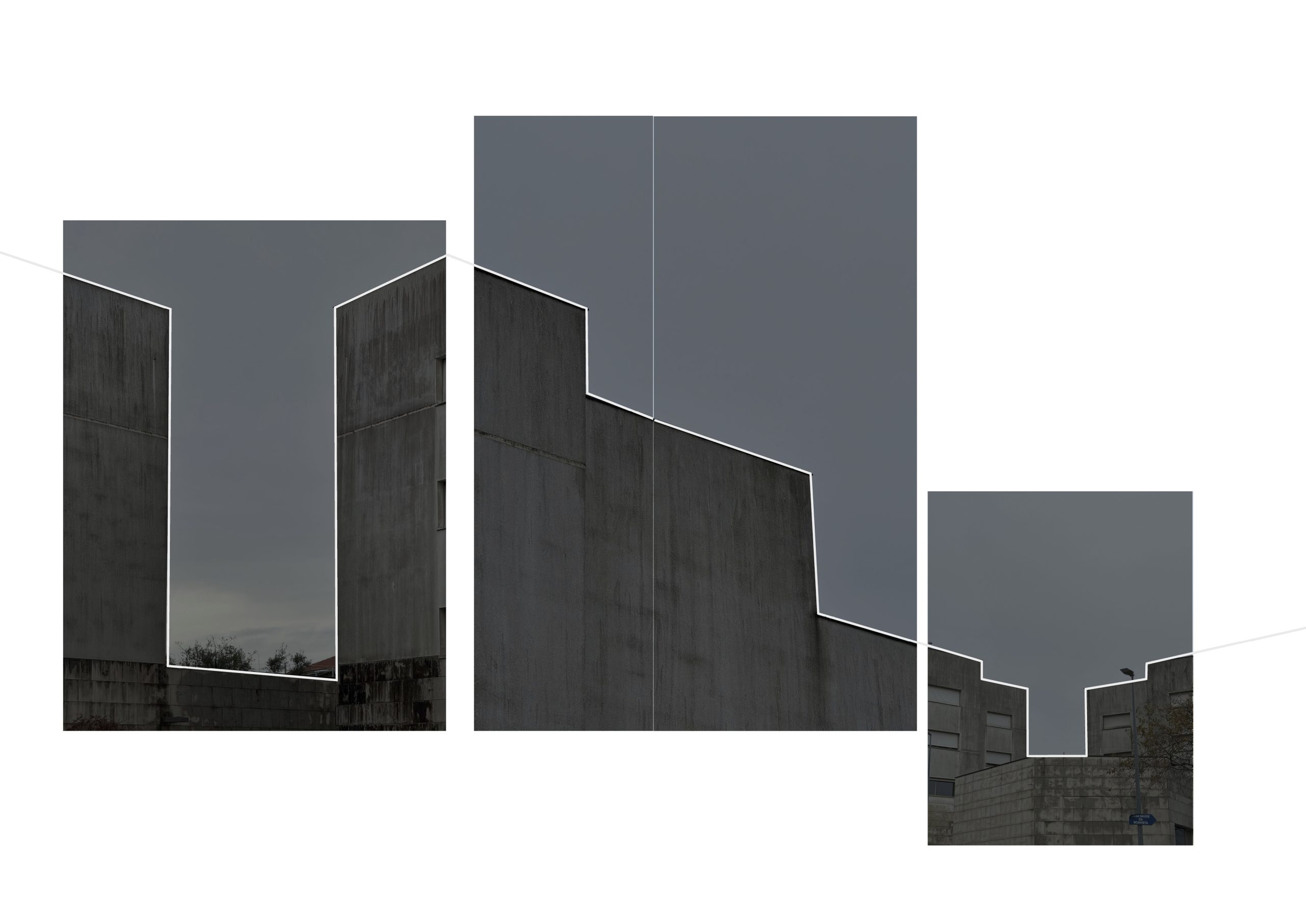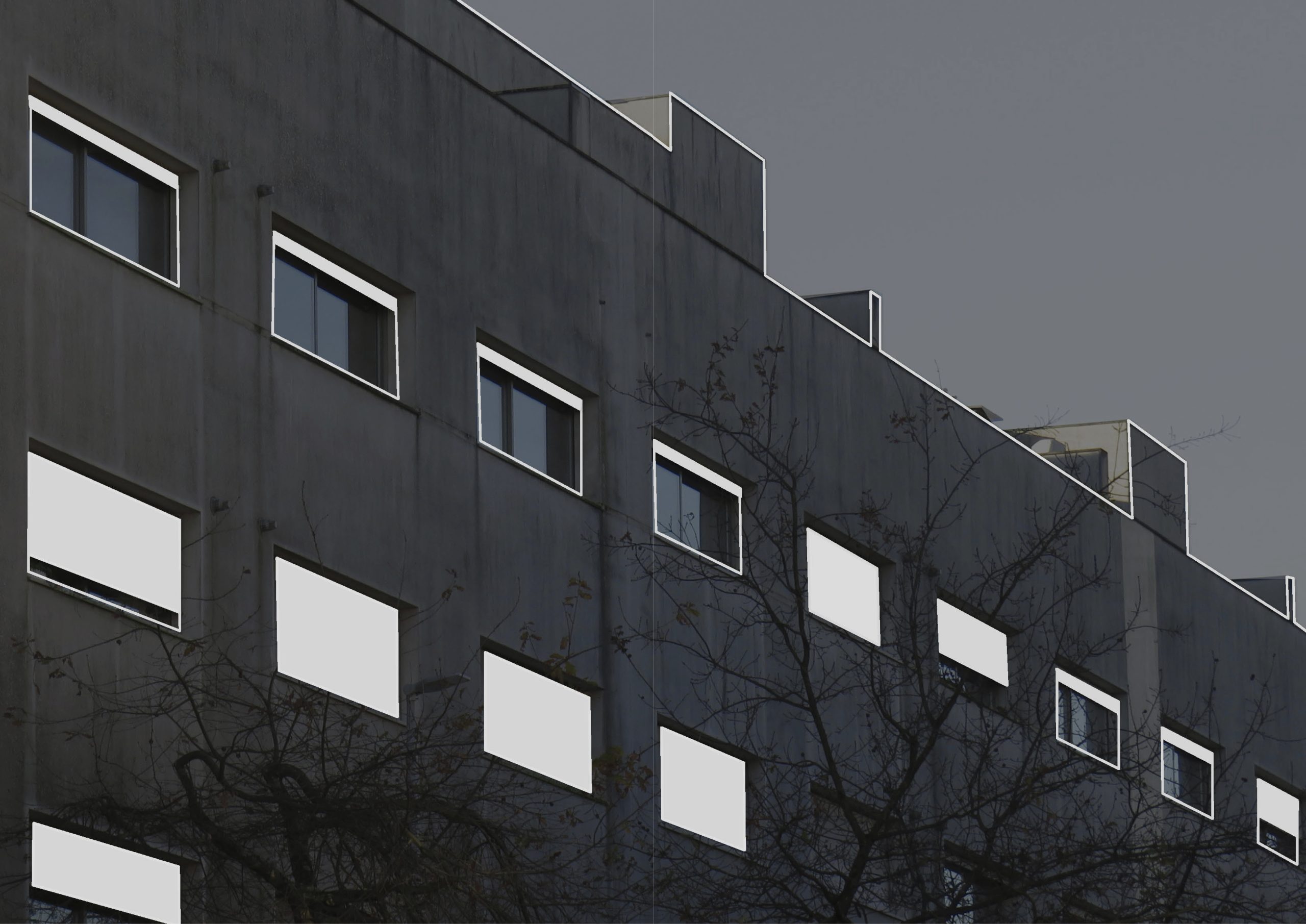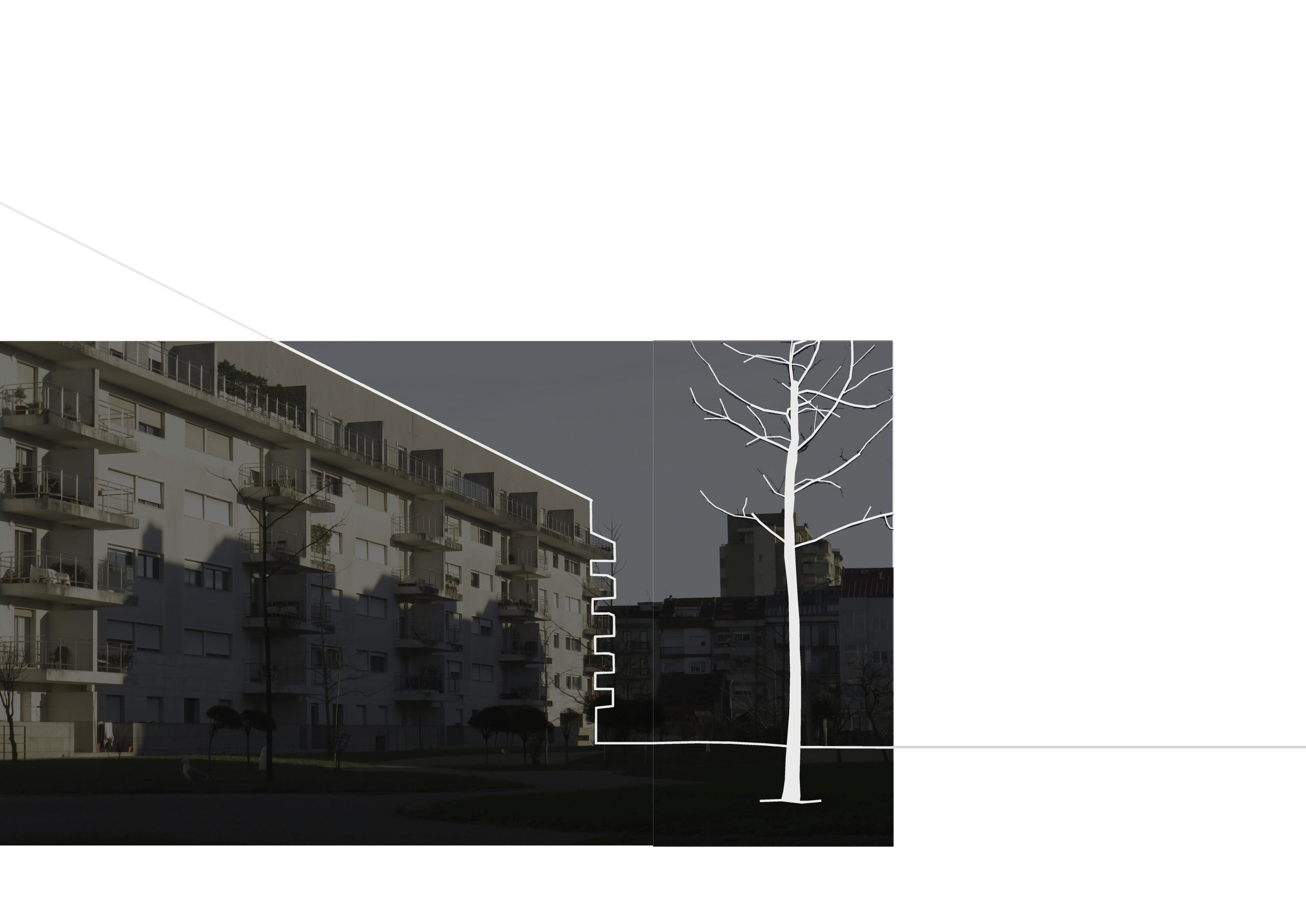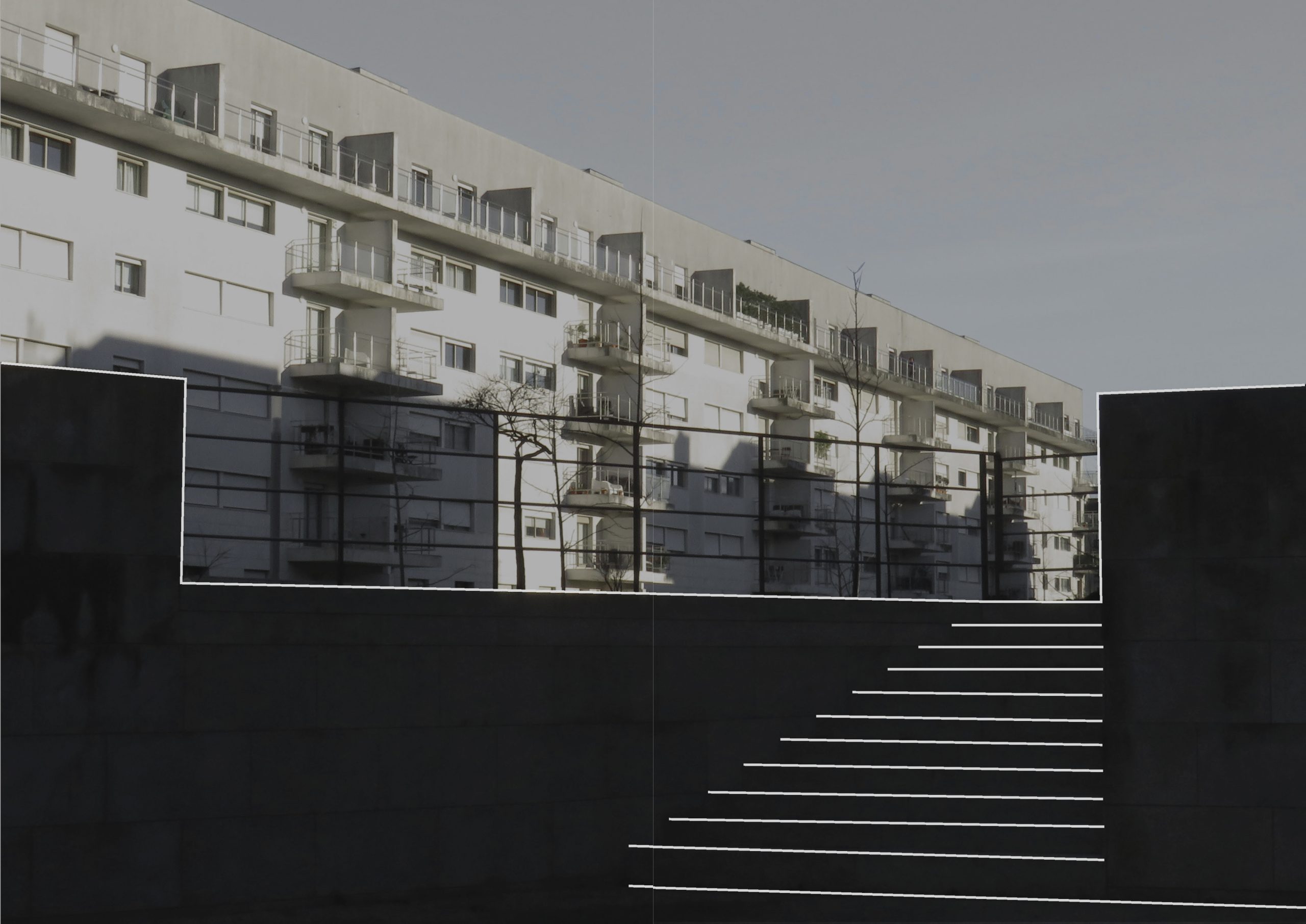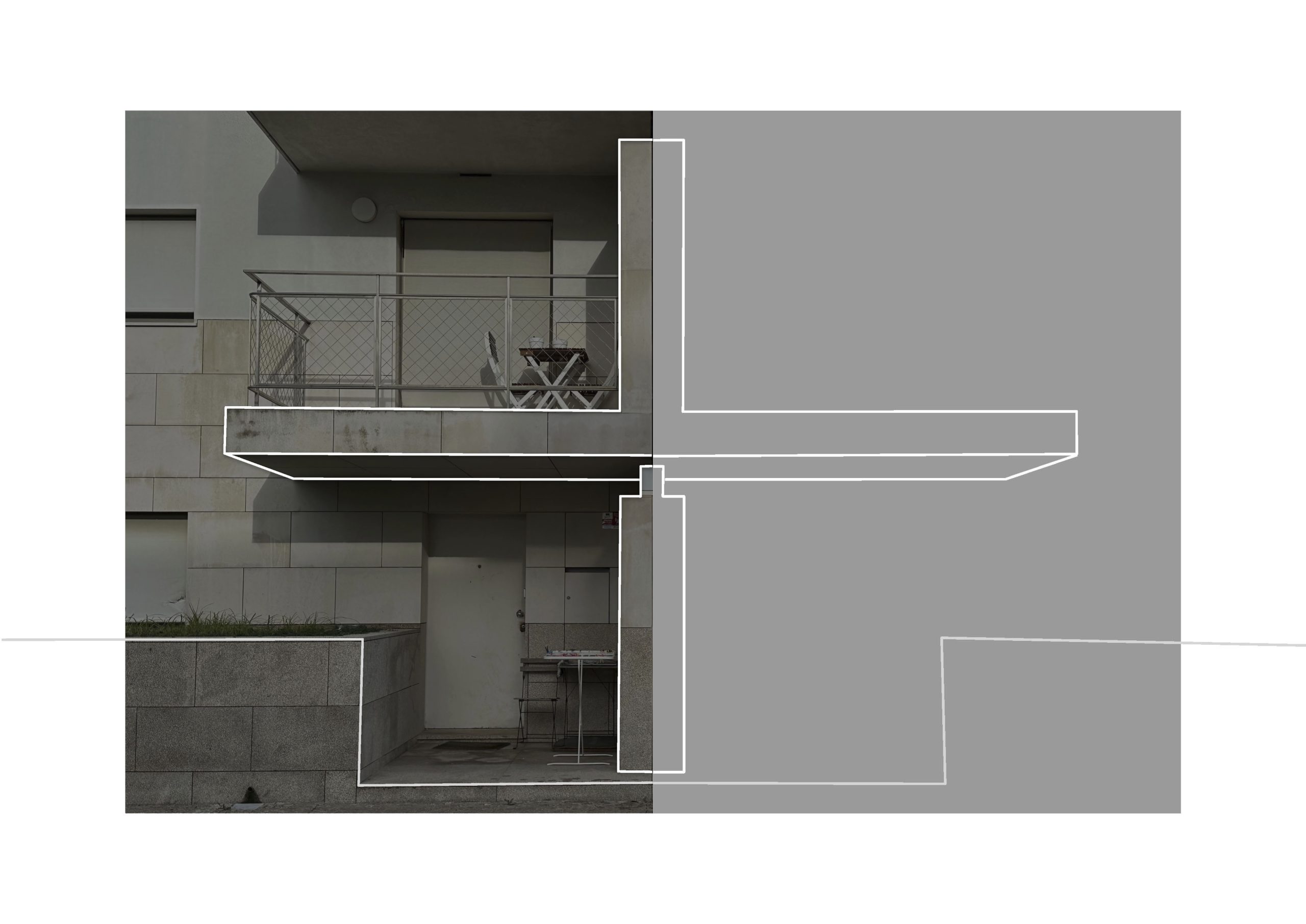“If it’s not his first trip, the traveller already knows that cities like this have a reverse side: just go around a semicircle and you’ll see (…)”. As we immerse ourselves in the fabric of the city, in this dense, strange and confusing mesh that we dare to unravel, we encounter various adventures and questions that are both alien and intrinsic to our thinking. It is in travelling these paths that the mind questions the veracity of the world, each step helping us to remove the filter, the filter that covers the camera lens and blurs our gaze. Sharpening our perception beyond the banal, the palpable and ordinary reality.
Ler mais
We travel, we move, we move and we only retain the solidity, our minds only retain the boldness and grandeur of the building. The traveller is suddenly unable to understand that the ordinary exterior is just a fragment of a much more disturbing whole. But there are cracks, grooves, flaws… which are not mere inaccuracies or lapses, the visitor’s gestures are premeditated, the creator of the work instigates the mind, provokes our senses, pins them.
A new path manifests itself, our dismissive idealisation is unblocked and our awareness unveils the new plot. We now understand the exurberance that the rigid exterior conceals and the experience it harbours, the abundance of expression invades our perception. How can this not oscillate with the absence felt before? It is through the subtlety of the line, the image and the breaks made during the design process that the harmony between two divergent scales, the human scale and the scale of the city, is created.
It is in “Oppositions” that we explore the duality of the building, where, as we have already mentioned, the bold and imposing appearance of the exterior contrasts with the inviting and lively atmosphere that the central space provides. Photographers such as Albert Renger, Sergio Creazzo, Zeche Katharina and Bernd and Hilla Becher intercept exactly these moments, capturing the contrasts, the secondary characters and the protagonists, the comedy and the drama, the unevenness in the unity. We also emphasise the notion of movement, like John Bulmer, approaching each image as a window onto human experiences within this space.
“(…) the city (…) consists only of an outside and an inside, like a sheet of paper, with a figure here and a figure there, which cannot be separated or face each other.” A place where the parts, the contrasts and the movement take part in an endless dance.



